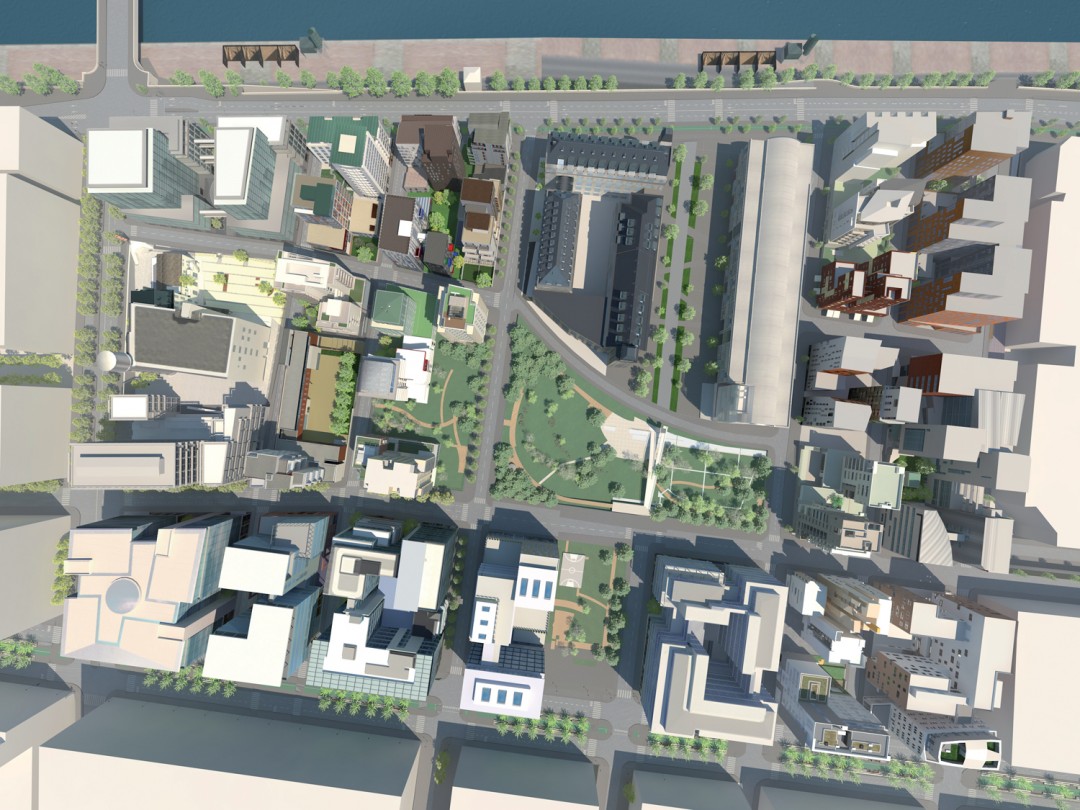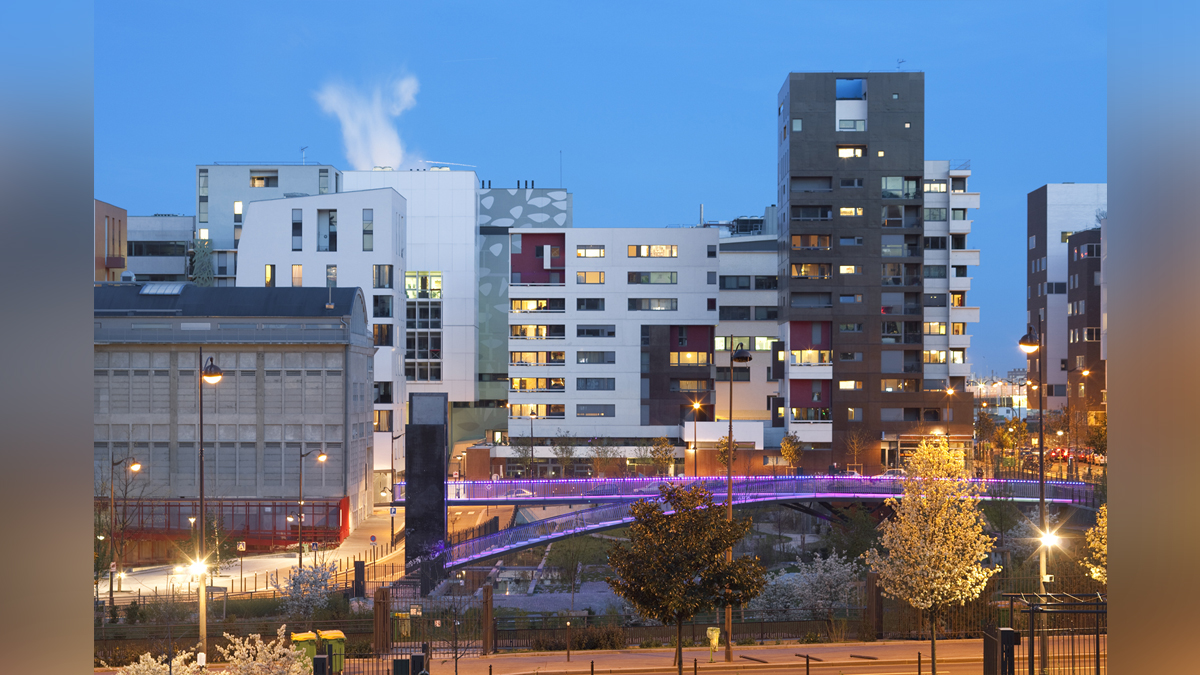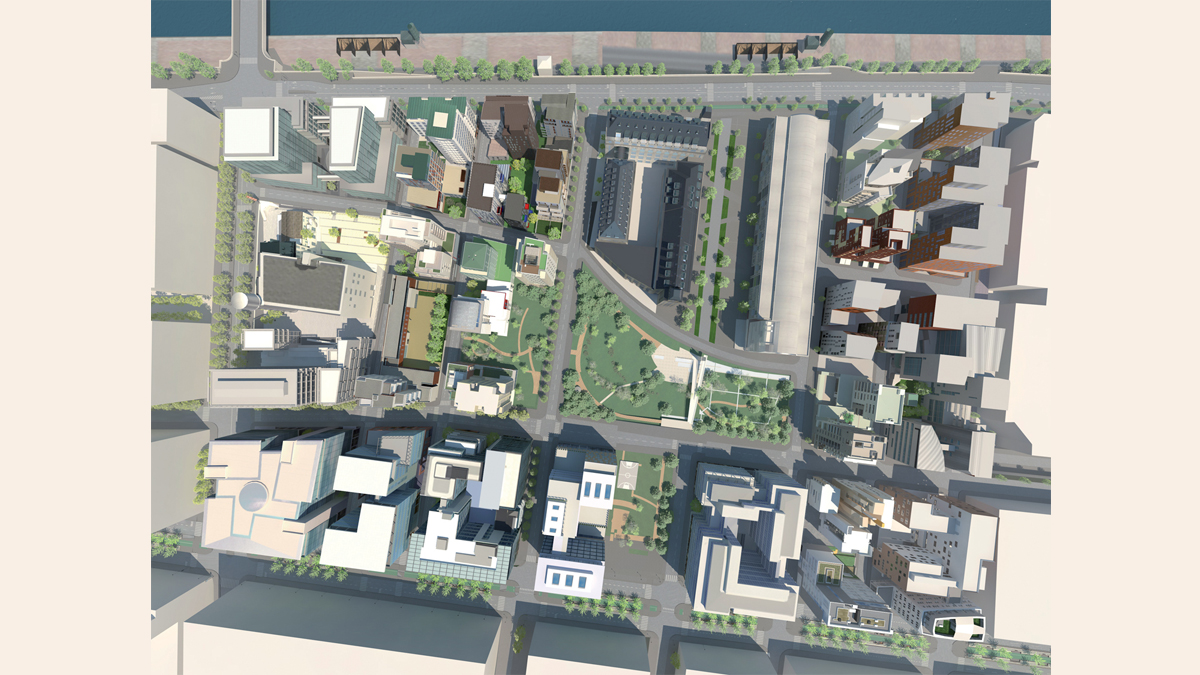PARIS – Quartier Massena
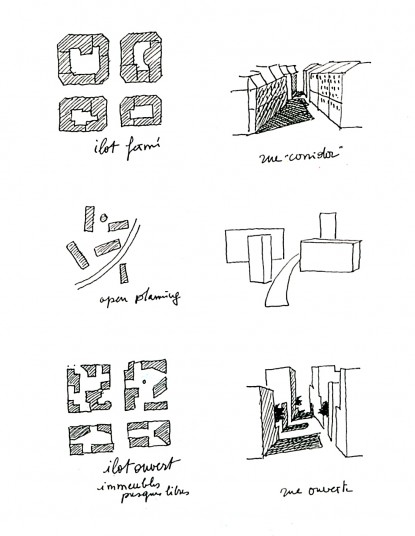
How does one open the city to hazard and gather multiple activities, such as housings, offices, and a university, within the evolutive district of a dense city?
Rather than a strict mass plan, Christian de Portzamparc conceives a set of rules allowing variations. On a district scale, Christian de Portzamparc makes use of a concept he developed during the 80’s, that of the “open block” and its corollary luminous and diversified “open street”.
The buildings are independent and apart, allowing the street to open onto the internal side of the open blocks where gardens are planted. The buildings sides all benefit from an exposure to sunlight. The wide variety of programs, volumes and materials is implemented along the entity of the street.
Nowadays, the city must be able to combine the great with the average, the ordinary with the exceptional, to be lively and evolutive.
Following Hautes Formes in 1975, and the Atlanpole project in Nantes, in 1988, Christian Portzamparc designed the Masséna neighbourhood in 1994-95. Almere was built between 2000 and 2012.
His innovative approach to urban “doctrines” was recognized immediately.
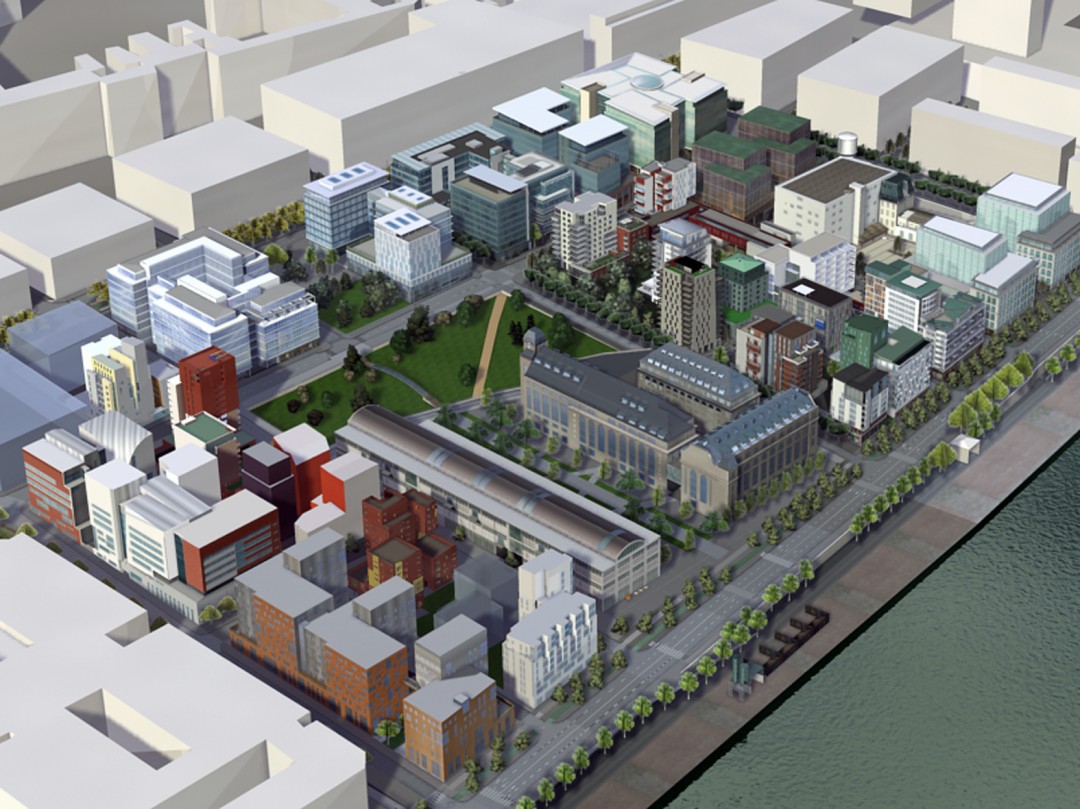
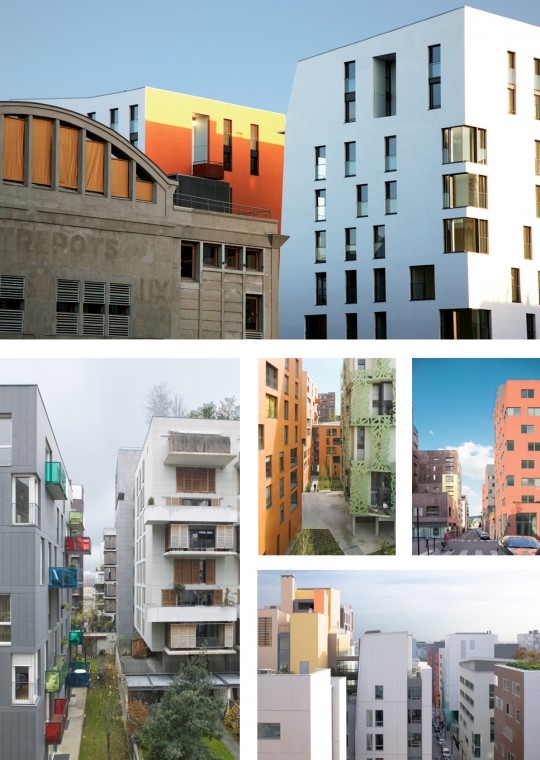
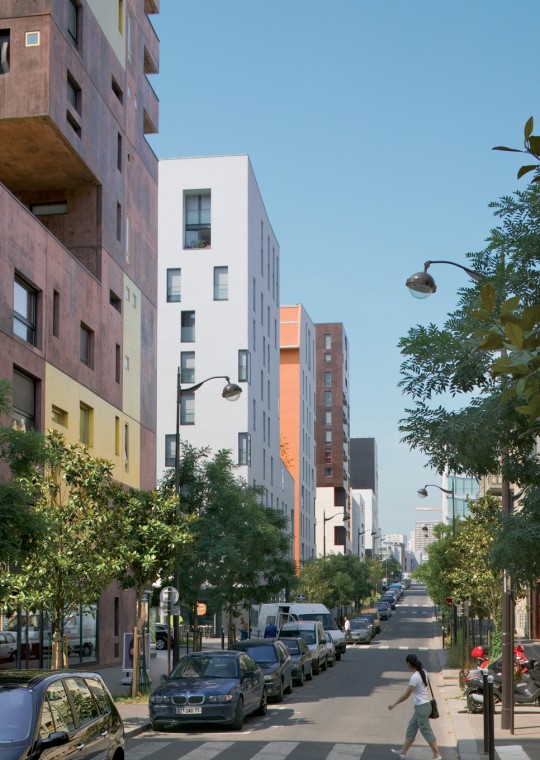
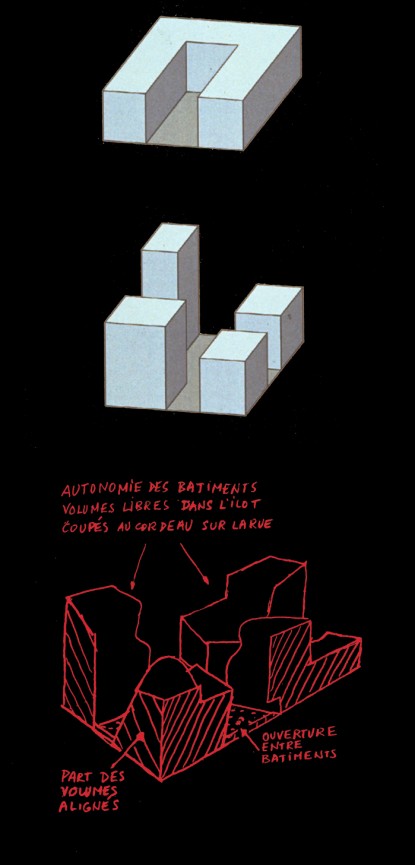
PROGRAM: Urban project construction rules development: volumetry, segmentation of the blocks, layout of the lanes and the puclic gardens
SURFACES: Builded surface: 337,000 m² SHON – Housing: 67 200 m² | Retails : 36 900 m² | Offices: 117 600 m² | Equipments: 5 200 m² | University : 110 000 m² | Park and public gardens : 11,2 ha
CLIENT: City of Paris
URBANIST: Christian de Portzamparc
ARCHITECTS: Anthony Bechu, Beckmann N’thépé, Bellecour & Barberot, Badia Berger, Bofill-Heckly, Bolze & Rodriguez, Frédéric Borel, Brenac et Gonzalez, Chaix & Morel, Pierre Charbonnier, Arte Charpentier, François Chochon, Christian Devillers, Jean Guervilly, Epstein et Glaiman, Foster and Partners, Catherine Furet, Henri Gaudin, Edith Girard, Antoine Grumbach, Michel Macary, Nicolas Michelin, Jean-Philippe Pargade, Gaëlle Peneau, Philtre, Rudy Ricciotti, Marc Rolinet, Francis Soler, Antoine Stinco, Robert Turner.
LANDSCAPER: Thierry Huau
DEVELOPER: Société d’économie mixte d’aménagement de la ville de Paris (SEMAPA)
